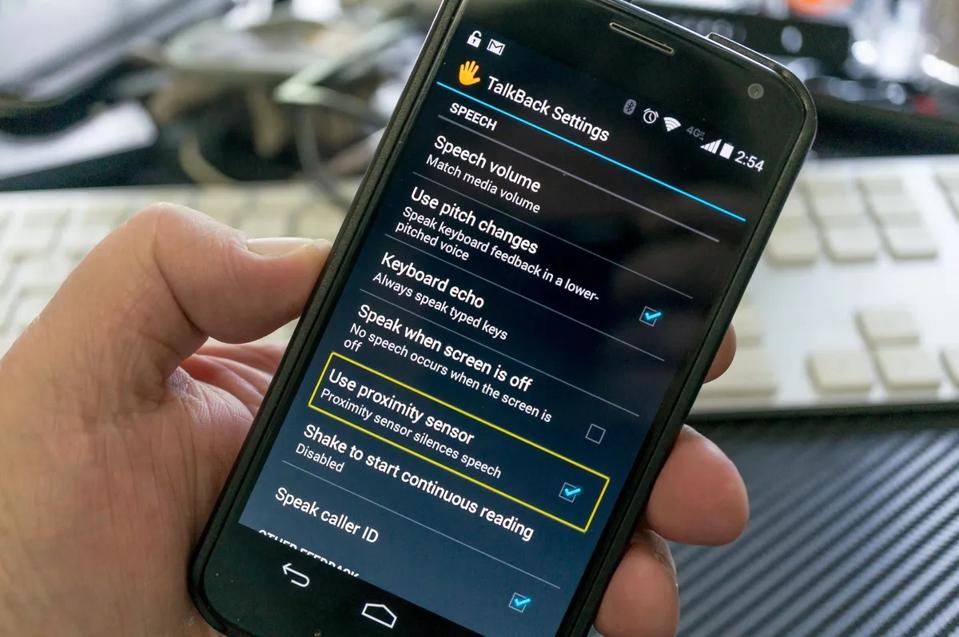Early this week, Damien Wilde at 9to5 Google reported on Android’s TalkBack screen reader now giving audio hints when using a fingerprint reader. The feature, he said, is included in Android 15 Beta 1 and was first spotted by Steven Clark on Threads. Clark is Blind, Wilde said.
There’s a video demonstrating the audio hints on YouTube.
Wilde writes that in older versions of Android, audio hints were available only when registering one’s biometric data. The process, he noted, only provides “on-screen text hints for positioning, placement, and progress.” Wilde said Clark recently submitted a feature request to Google, evidently granted sheerly by virtue of the existence of Wilde’s story, that TalkBack provide audio prompts while using the fingerprint scanner.
“[If] you have TalkBack enabled, when enrolling a fingerprint or updating the biometric data, you’re prompted to slide your finger over the screen and you’ll get vibration-based feedback along with spoken prompts on where to move your finger to find the in-display scanner,” Wilde wrote of the newfound functionality. “During the process, you will get updates on the percentage of the process that has been completed to help aid the enrollment procedure. Clark also notes in their original Thread post that you will also get audio prompts to ‘press more firmly’ alongside the ‘move left,’ ‘move right,’ and ‘move up’ advice.”
News of the enhancements to TalkBack comes days after Wilde’s colleague in Abner Li reported for 9to5 Google that Google had released Android 15 Beta 1 for Pixel phones. According to Li, the update, which is described by the Mountain View-homed tech titan as an “initial beta-quality release” and available to those in the Android Beta Program to install over-the-air. In addition, Li wrote Google will have “lots more to share as we move through the release cycle” at its annual developer conference Google I/O. This year’s event takes place on May 14.
TalkBack was first introduced to Android in 2009. In February 2021, Google announced what was hailed as an “all-new version” of the software. At the time, Android accessibility product manager Brian Kemler explained the upgraded version was co-developed with Samsung and the marquee feature was the ability to use multi-touch gestures in TalkBack’s user interface. Google also added the ability to customize its controls and menus in order to create a more personalized experience.
Somewhat fittingly, TalkBack’s birth in 2009 was also the year Apple’s counterpart in VoiceOver debuted. It made its first appearance as a tentpole feature of the now-infamous third-generation buttonless iPod shuffle. Moreover, 2009 saw Apple bring accessibility features to iOS (née iPhone OS) for the first time with the introduction of the iPhone 3GS. The pioneering accessibility features included the aforementioned VoiceOver, along with Mono Audio, Zoom, and White-on-Black contrast.

